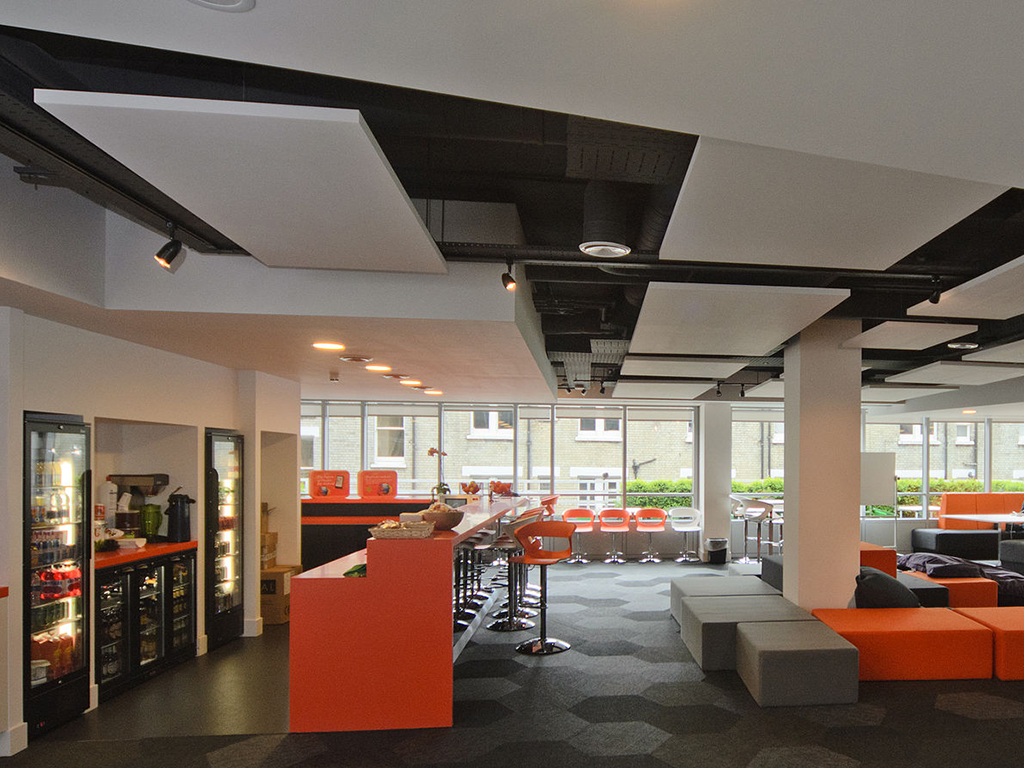Millions of people around the world are presently, in one form or another, self-isolated or locked down. Business, as we knew it for the first bustling months of 2020, has ground to a stand-still. The Eurozone’s Purchasing Managers Index, one of the most well-regarded metrics of EU economic activity, has dropped to 31.4 in March from 51.6 in February – everything below 50 indicative of an economic slowdown. This presently is the lowest point in the history of the index. What started as a health crisis has rapidly permeated through all elements of modern day society and has created an economic downturn the depth of which still no one can fully quantify.
From the present depths of the economic slowdown however, it should be well remembered that this dip was not caused by any underlying fault with the current global economic system. If history serves as a benchmark, we would be expecting a “V”-shaped bounce back to the economy after the pandemic is over as was seen at the end of the 1918 Spanish Flu.
Now that we are in the left leg of the V-curve, it is unavoidable for many companies to cut costs and downsize parts of the business. But let us remember that we are in a crisis of demand, not a crisis of costs. Hence, everything that can be done to keep revenue up should be prioritised to lessen draconian cost cutting measures that will jeopardise future earnings potential. Yet it is precisely in the midst of this downturn that the companies who initiate or accelerate topline initiatives will outperform on the economic bounce back, and here are five reasons why.
Read more on on the Simon Kucher website.

